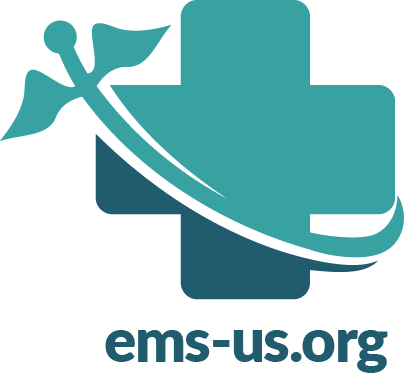Treating Sciatica with Physical Therapy
It is advised that treating sciatica should be done as early as possible to prevent the condition from worsening.
Sciatica diagnosis may include all forms of non-surgery and surgery. Nonsurgical solutions are usually first attempted. An operation may be identified where severe and/or worsening neurological defects, such as leg impairment, are the underlying cause.
Sciatica care usually begins with non-operative approaches
that require a combination of physical rehabilitation, medications, surgical
treatments, and alternative therapies.
Nonsurgical Treatment for Sciatica
Usually, first-line sciatic procedures include some
combination of physical exercise, narcotics, surgical medications, and
alternative therapies, including Over-the-counter painkillers like ibuprofen,
which can also be purchased online.
Exercises like walking or stretching light.
Compression packs with hot or cold help to reduce pain. They
can be purchased online. Changing between the two is often helpful.
Not all painkillers are suitable for all; individuals and
their specialist should be sure to review alternatives. Over 4 to 6 weeks of
non-operative care, severe sciatica gets typically stronger. In recurrent
sciatica over eight weeks of pain, care can take longer and may rely on the
underlying cause.
Physical Therapy for Sciatica
Physical therapy involves a mixture of strengthening, relaxation, and aerobic conditioning and is a central component of almost every plan for treating sciatica. A physical therapy plan can also be combined with corrective workouts.
The aims in sciatica physical therapy and workouts include:
Strengthen the lower back, chest, hips, and hip’s base and
muscles. Improve core strength Flex rigid and rigid muscles such as hamstrings
Encourage the movement of fluids and nutrients in the body through mild aerobic
exercises such as cycling, swimming or pool therapy
Although some change of rest or exercise routine is
recommended, sustaining as much activity as practicable and minimizing prolonged
periods of physical inactivity or bed rest is essential.
Many sciatic movements may be unique to the underlying cause. Qualified healthcare professionals such as physiatrists, physical therapists, chiropractors, or trained, licensed athletic trainers may help devise an effective strategy for treating sciatica by rehabilitation and physical therapy to alleviate sciatic pain.
Causes of Sciatica
Sciatica is a symptom of a few different medical conditions;
nevertheless, a herniated (slipped) disk affects an additional 90% of cases.
There are three sections in the spinal column:

- Vertebra (individual nerve-protecting bones in the spine)
- Disks are composed of cartilage, which is a durable and robust material; the cartilage serves as a buffer between each vertebra, which enables stability of the spine. When a drive is forced out of place, a herniated disk happens, putting pressure on the sciatic nerve.
Other causes of sciatica include:
- Lumbar spinal stenosis-narrowing of the lower back of the spinal cord.
- Spondylolisthesis-a situation in which a disc moves down the vertebra.
- Tumors can compress sciatic nerve root in the spine.
- Infection-affecting the skeleton directly. Some triggers-for starters, spinal damage. Cauda equina syndrome-a severe but uncommon condition that affects the nerves in the lower spinal cord; it requires immediate medical care.
- In a lot of cases of sciatica, there is no single apparent cause.
- Some risk factors include: age-people in their 30s and 40s are more likely to develop sciatica.
Profession
Jobs that take a long time to lift heavyweights. Sedentary
lifestyle-people who are physically inactive and sitting for long periods are
more prone to developing sciatica as opposed to active people.
Pregnancy
While sciatica-like pain may be a problem during pregnancy, an estimated 50–80 percent of women during breastfeeding experience back pain. Hormones released during pregnancy, such as dopamine, loosen, and stretch the ligaments, which in some people may potentially cause back pain.

Nevertheless, sciatica is no longer possible during
breastfeeding owing to a herniated disk.
Future In most situations, sciatica will go away alone; there is no need for treating sciatica in the vast majority of cases. In six weeks, about half of people will survive.
Prevention of Sciatica
Sciatica can be avoided in some cases; several lifestyle
changes can reduce the chances of getting it, including regular exercise, and
ensuring that proper balance is used when standing, sitting upright, and moving
items.
How is the treatment of sciatica?
If the signs of sciatica are moderate and do not continue
more than 4-8 weeks, it is typically severe sciatica, and there is generally no
need for medical attention.
Full knowledge of medication may help speed up the
diagnosis. Doctors will also have basic exercises that extend the sciatic nerve
done by the patient. During these workouts, firing pressure down the leg
usually indicates sciatica.
When pain persists for more than 4-8 weeks, it may be
appropriate to use diagnostic scans such as X-ray or MRI to help identify what
compresses the sciatic nerve, which induces the symptoms.



